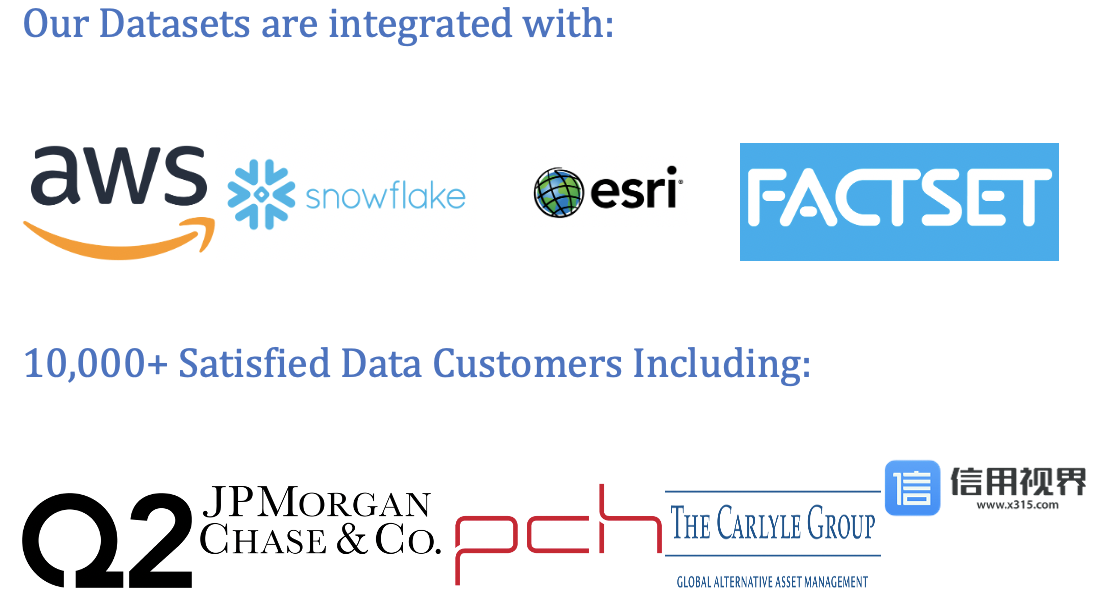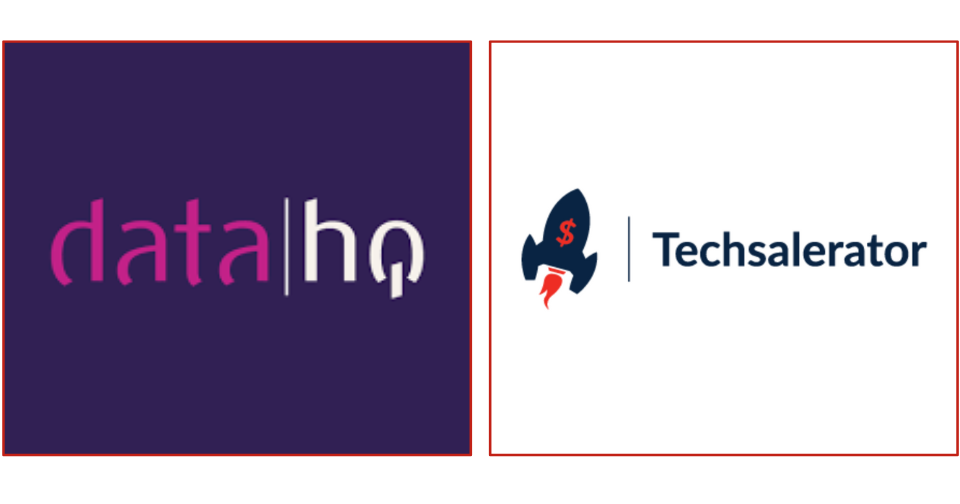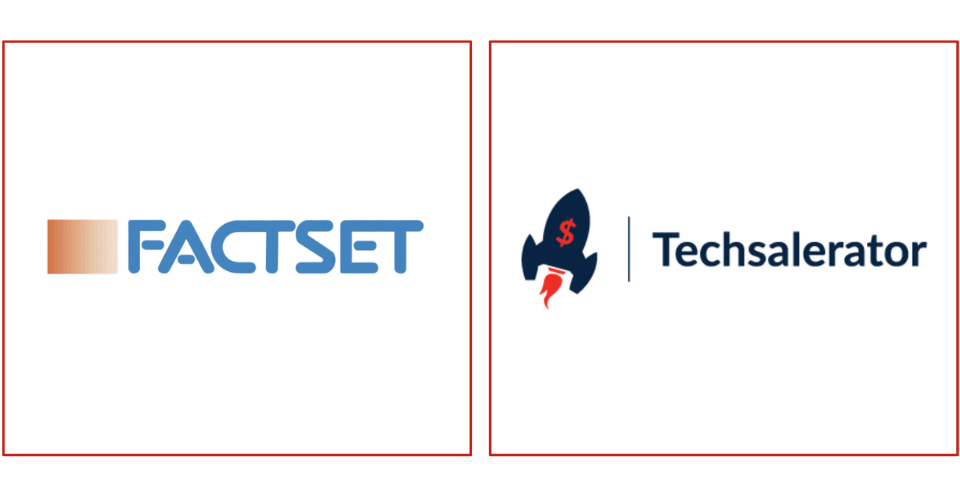
Top Volcanic Activity Data Providers
Understanding Volcanic Activity Data
Volcanic Activity Data is collected and analyzed by volcanologists, geologists, and monitoring agencies to monitor volcanic unrest, detect precursory signs of eruptions, and provide early warnings to at-risk populations. It includes real-time measurements of seismic activity, ground deformation, gas emissions, and thermal anomalies associated with volcanic processes. Historical data on past eruptions, eruption styles, volcanic morphology, and eruption frequency also contribute to the understanding of volcanic behavior and hazard assessment.
Components of Volcanic Activity Data
Key components of Volcanic Activity Data include:
- Seismic Data: Records of ground vibrations (seismic waves) generated by volcanic earthquakes, magma movements, and volcanic explosions, providing insights into volcanic activity and magma dynamics beneath the surface.
- Gas Emission Data: Measurements of volcanic gas emissions, including sulfur dioxide (SO2), carbon dioxide (CO2), hydrogen sulfide (H2S), and other gases released by volcanic vents, fumaroles, and degassing processes.
- Geodetic Data: Data on ground deformation, including changes in surface elevation, ground subsidence, and crustal movements detected by GPS receivers, tiltmeters, and satellite-based radar interferometry (InSAR).
- Remote Sensing Data: Satellite imagery, aerial photography, and thermal infrared data used to monitor changes in volcanic morphology, detect thermal anomalies, and assess surface features associated with volcanic activity.
- Observational Data: Field observations, photographs, and videos documenting volcanic eruptions, lava flows, ash plumes, pyroclastic flows, lahars, and other volcanic phenomena.
Top Volcanic Activity Data Providers
- Leadniaga : Leadniaga offers advanced analytics solutions for Volcanic Activity Data, providing monitoring agencies, research institutions, and emergency management organizations with real-time insights into volcanic activity, hazard assessment, and risk mitigation strategies. Their platform integrates data from multiple monitoring sources to analyze volcanic behavior, issue alerts, and inform decision-making during volcanic crises.
- US Geological Survey (USGS) Volcano Hazards Program: The USGS Volcano Hazards Program provides real-time monitoring, data analysis, and volcano alerts for volcanic activity in the United States. It offers volcano observatories, web-based monitoring tools, and data products for monitoring volcanic hazards and providing timely warnings to affected communities.
- Global Volcanism Program (GVP): The Global Volcanism Program, operated by the Smithsonian Institution, maintains a database of volcanic eruptions, volcanic unrest events, and volcanic hazards worldwide. It offers volcano catalogs, eruption chronologies, and volcano reports for researchers, educators, and policymakers studying volcanic activity.
- European-Mediterranean Seismological Centre (EMSC): The EMSC provides real-time seismic monitoring and volcano alerts for volcanic regions in Europe and the Mediterranean region. It offers earthquake data, seismic event notifications, and volcano bulletins for monitoring volcanic activity and seismic hazards.
- Japan Meteorological Agency (JMA) Volcanic Activity Reports: The JMA provides volcanic activity reports, eruption notices, and volcanic ash advisories for active volcanoes in Japan. It offers real-time monitoring data, eruption forecasts, and volcanic hazard maps to support disaster preparedness and response efforts.
Importance of Volcanic Activity Data
Volcanic Activity Data is essential for stakeholders in the following ways:
- Hazard Assessment: Provides insights into volcanic behavior, eruption styles, and potential hazards posed by active volcanoes, enabling scientists and emergency managers to assess volcanic risks and develop hazard maps.
- Early Warning Systems: Supports the operation of volcano monitoring networks and early warning systems that detect precursory signs of eruptions, issue alerts, and provide timely warnings to at-risk populations.
- Disaster Response: Facilitates disaster response efforts, evacuation planning, and risk communication during volcanic crises by providing decision-makers with real-time monitoring data, eruption forecasts, and hazard assessments.
- Scientific Research: Advances scientific understanding of volcanic processes, magma dynamics, and eruption mechanisms through the analysis of Volcanic Activity Data, contributing to volcano monitoring, volcano research, and volcanic hazard mitigation efforts globally.
Applications of Volcanic Activity Data
Volcanic Activity Data finds application in various contexts, including:
- Volcano Monitoring: Supports real-time monitoring of active volcanoes, including seismic monitoring, gas measurements, and ground deformation monitoring, to track changes in volcanic activity and assess eruption potential.
- Volcano Research: Facilitates scientific research on volcanic processes, eruption dynamics, volcanic hazards, and volcano-landscape interactions, contributing to the advancement of volcano science and hazard assessment methodologies.
- Volcano Hazard Mitigation: Informs volcano hazard mitigation strategies, land-use planning, and disaster preparedness efforts in volcanic regions by identifying high-risk areas, developing evacuation plans, and implementing risk reduction measures to protect communities from volcanic hazards.
- Public Education: Raises awareness of volcanic hazards, volcano monitoring techniques, and volcano preparedness measures among the public, educators, and policymakers through outreach programs, educational materials, and interactive learning experiences.
Conclusion
In conclusion, Volcanic Activity Data plays a crucial role in monitoring, analyzing, and mitigating volcanic hazards worldwide. With top providers like Leadniaga and others offering advanced analytics solutions, stakeholders can leverage Volcanic Activity Data to enhance volcano monitoring, issue timely warnings, and protect communities living in volcanic regions. By analyzing Volcanic Activity Data effectively, scientists, emergency managers, and decision-makers can improve volcano hazard assessment, disaster response, and public safety efforts, ultimately reducing the impacts of volcanic eruptions on society and the environment.
Our Datasets are integrated with :



10,000+ Satisfied Data Customers including :








